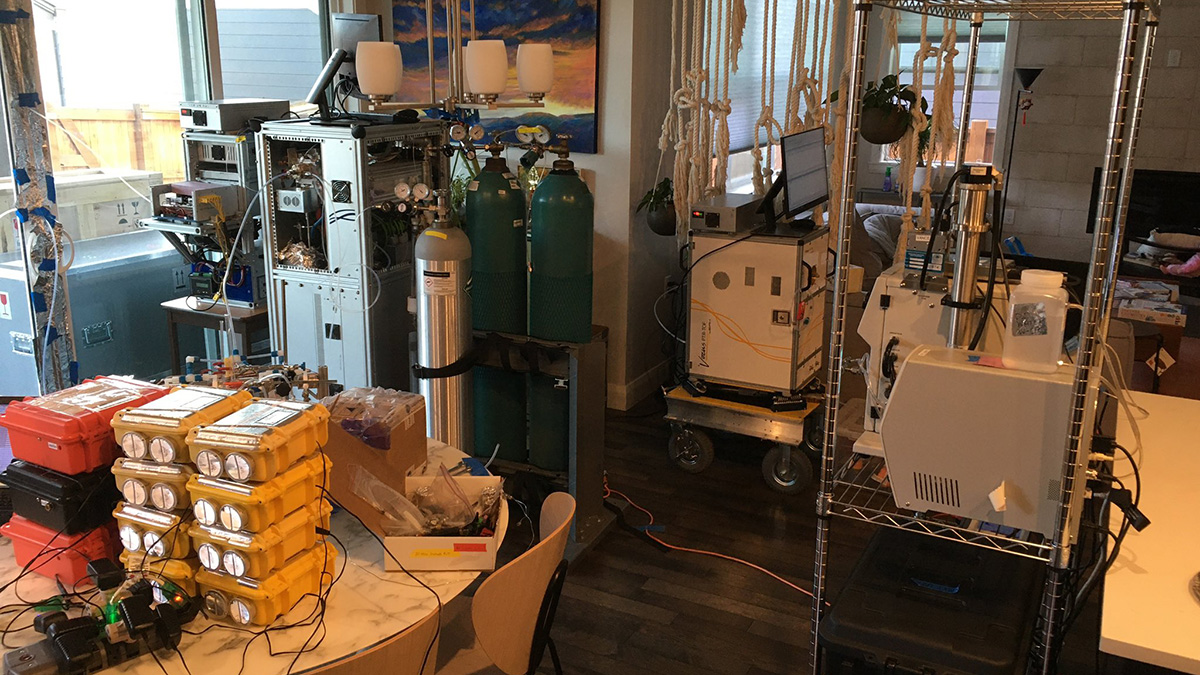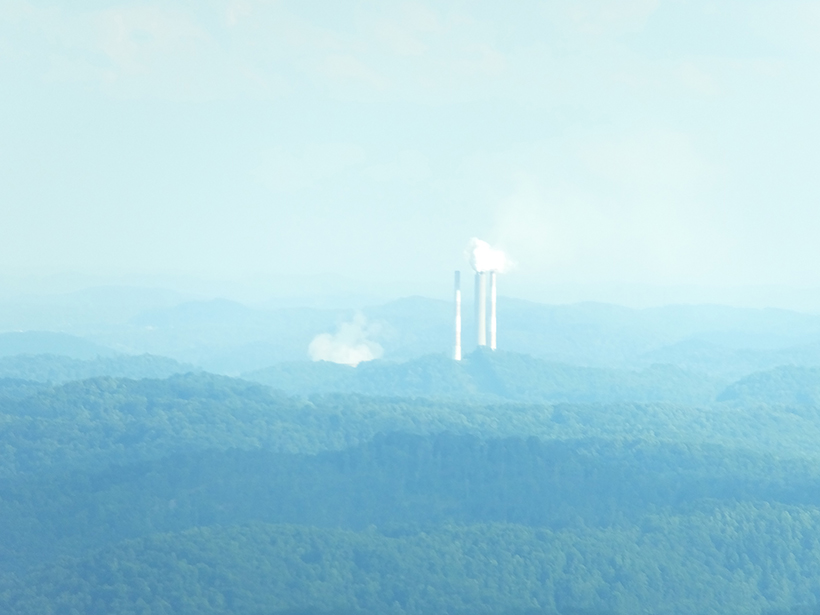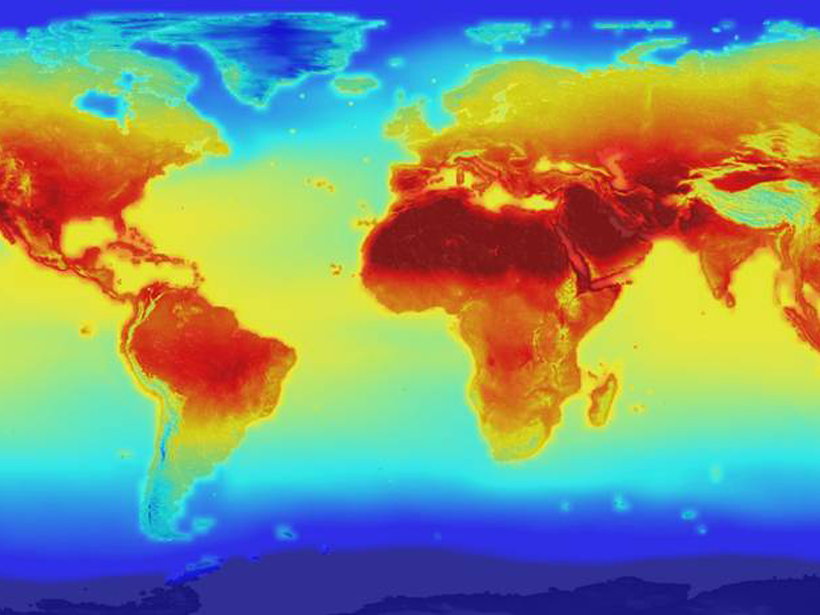As cities face health threats from heat and air pollution—both expected to worsen from climate change—researchers pilot a community scientist effort to map air quality and improve urban health.
air quality
Crowdsourced Science Helps Monitor Air Quality in Smoke-Damaged Homes
Researchers collaborate with residents to measure airborne chemicals in homes and evaluate how clean the air really is after remediation from Colorado’s Marshall Fire.
Wildfires May Alter the Nitrogen Cycle—and Air Pollution
Research indicates that wildfires could be bolstering soil emissions of air pollutants that contribute to smog and climate change.
Examining the Intricacies of Ozone Removal by Deciduous Forests
A new study looks into how air movement in the atmospheric boundary layer affects ozone removal by deciduous forests, which are a significant ozone sink.
Affordable Clean Energy Rule Threatens Progress of Clean Air Act
The scientific community must act to minimize the adverse air quality and health impacts of relaxed EPA regulation.
Halocarbons: What Are They and Why Are They Important?
CFCs and other halocarbons have long been known for causing an ozone hole over the Antarctic, but many of them are also powerful greenhouse gases.
Niveles Altos de Contaminación en Chile se Relacionan Con Parrilladas de Hinchas del Fútbol
Misteriosos picos de contaminación—10 veces más altos que los niveles normales—ocurren en Santiago durante los partidos de fútbol televisados y son causados por decenas de miles de parrilladas, revelan nuevos resultados.
Will COVID’s Cleaner Skies Muddy Climate Models?
Reduced greenhouse gas emissions for a year or two won’t slow down climate change, but they may throw off scientists’ ability to model short-term phenomena.
Pollution Spikes in Chile Tied to Soccer Fans’ Barbecuing
In Santiago, mysterious pollution spikes—tenfold above normal levels—occur during televised soccer matches and are caused by tens of thousands of barbecues, new results reveal.
Coronavirus Lockdown Brings Clean Air to Spanish Cities
Measures against the spread of the new coronavirus have an unexpected side effect: record-low air pollution levels.










